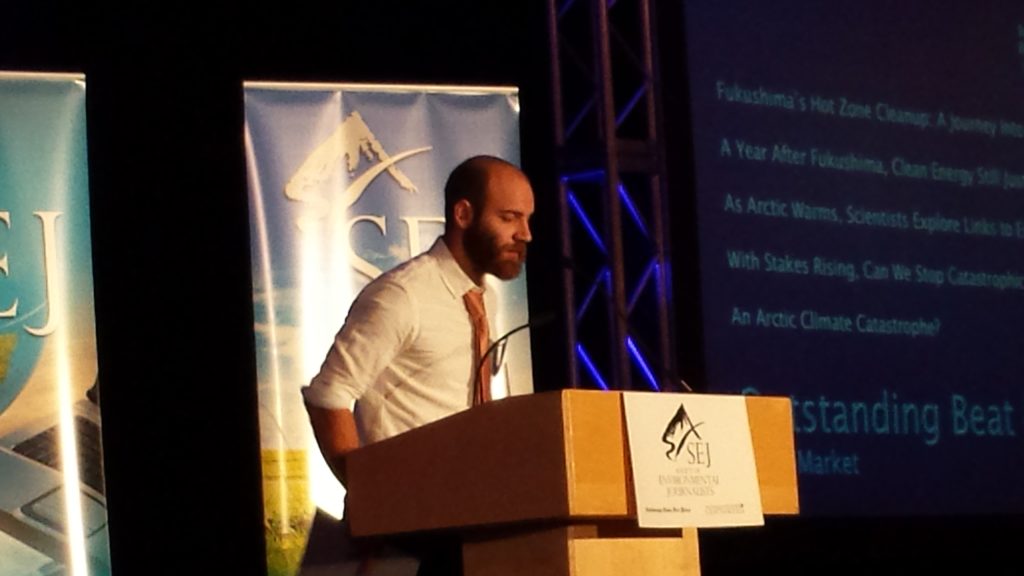
Eric Freedman
By Eric Freedman
It’s not the grandeur of ice-encrusted Lake Superior in winter or Lake Michigan under a setting summer sun. It’s not the pristine early morning glisten of the Au Sable River. It’s not the sailboat-plying juncture of the St. Clair River and Lake Huron beneath the shadow of the Blue Water Bridge. It’s not the Straits of Mackinac, Houghton Lake, the Soo Locks. It’s not Grand Traverse Bay, Torch Lake or the Grand River.
It’s not any of the waters that we in Michigan know well, where we boat, fish, swim, ice skate, picnic, let our dogs romp, water ski, wade with our children and grandchildren and nieces and nephews.
Well, if it’s not those, what is it?
It’s a small, quiet lake – don’t ask me to disclose its name – not too far from
Gaylord and not too close. Maybe 60 feet deep at its deepest but much shallower in most parts. No public access. It’s a lake where the alert kayaker can spot an eagles’ aerie, where a beaver dam blocks the inlet, where wisps of white birch bark drift on the water, where a single gull and a pair of loons search for food and a single angler is out on his pontoon boat. On a warm afternoon at the time when late summer blends into early autumn – when leaves are just hinting at their impending color change – there’s a gentle swish, swish as kayaks glide over flowerless lily pads and the paddler can reach into the water and grab beaver-gnawed branches entangled in water weeds.
No, it’s not the type of waters we quickly think of when government and media spotlights shine on the problems of invasive aquatic species, yo-yoing lake levels, pesticide run-off, industrial pollution, pipeline leaks, eroding shorelines, fracking or impinging development.
Problems? A recent series produced by WKAR Radio’s “Current State” and Great Lakes Echo, the Knight Center’s nonprofit environmental news service, is examining challenges and opportunities along Detroit’s waterfront. The project, supported by the Great Lakes Restoration Initiative, has cast its journalistic eye on such topics as the heavily polluted Rouge River, resurgent walleye fishing in the Detroit River and shoreline rebuilding efforts.
Possible solutions? So far this year, state legislators have introduced more than 60 Senate and House bills involving water quality and supply, including proposals dealing with hydraulic fracturing, the agricultural environmental assurance program, dredging, wetlands protection, mining, toxic substances, nonnative species, pollution prevention, water withdrawals, brownfields, and municipal water systems.
Yet such mega-matters seem far removed from a small, quiet lake that’s not too far from Gaylord and not too close.
However, this small, quiet lake – no, I still won’t disclose its name – remains at risk too: eutrophication, runoff, invasive plants, insufficient state funding to protect it and the state’s 10,000-plus other inland lakes, most of them as little-known and unobtrusive as this one. Modest, unassuming they may be but just as vital to Michigan’s water heritage, water future and water identity as ice-encrusted Lake Superior in winter, as Lake Michigan under a setting summer sun, as the Au Sable River in the early morning glisten, as the juncture of the St. Clair River and Lake Huron, as the Straits of Mackinac, Houghton Lake, the Soo Locks, Grand Traverse Bay, Torch Lake or the Grand River.
Eric Freedman is the chair and director of Michigan State University’s Knight Center for Environmental Journalism. This column originally appeared in Domemagazine.



